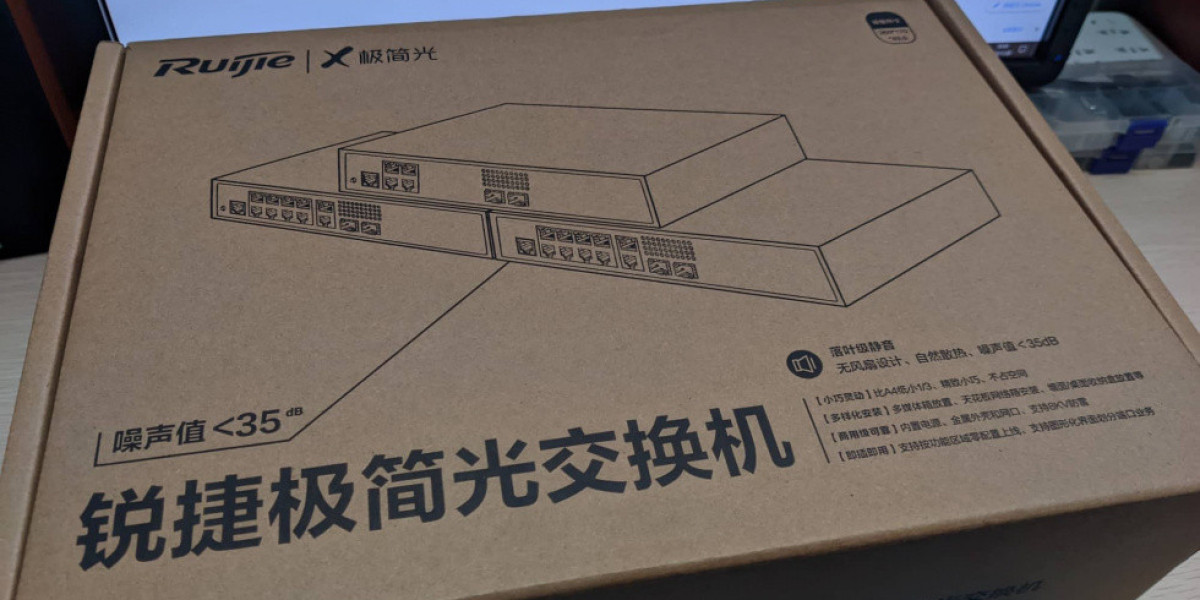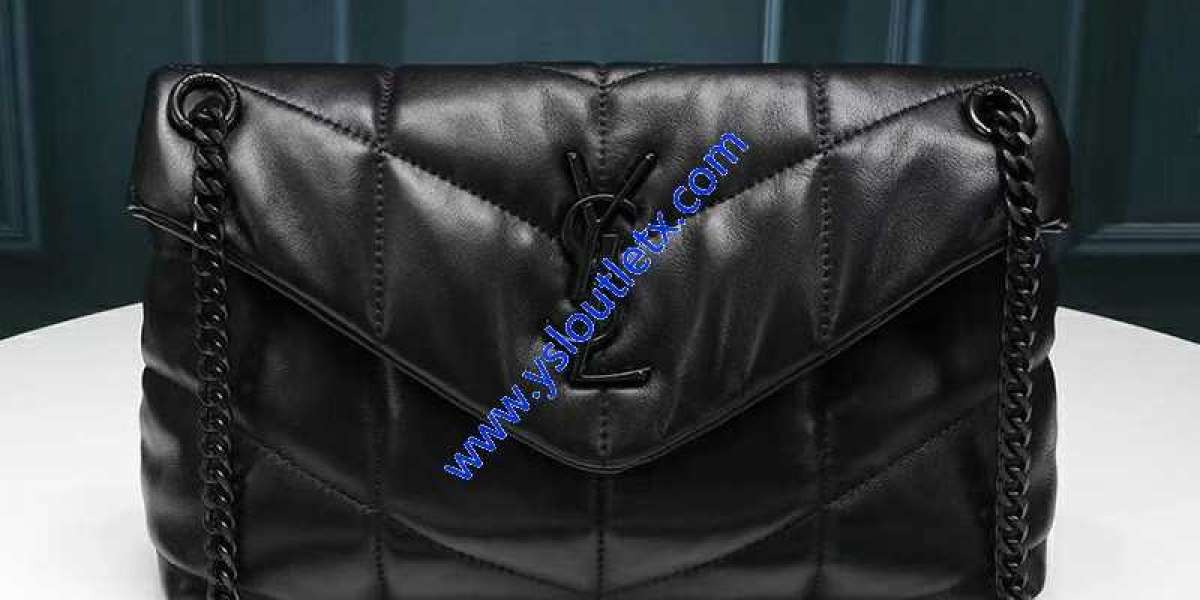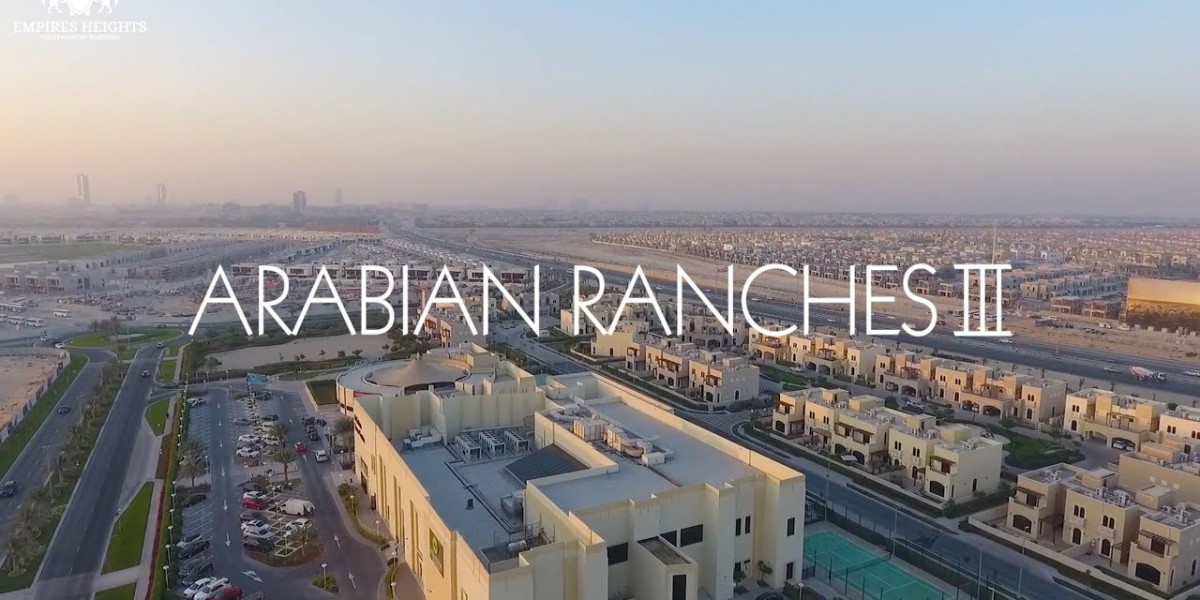How is Blockchain search done?
Blockchain searches are typically conducted using specialized blockchain browsers or search engines that allow users to query and retrieve information or blockchain wallet lookup from the blockchain. These tools provide an interface to navigate blocks, transactions, addresses, and other data stored on the blockchain. Users can search for specific transactions, addresses, smart contracts or other relevant information by entering relevant keywords or identifiers. The blockchain browser then takes and renders the requested data in a user-friendly format, making it easier to explore and understand the content of the blockchain.
How do we use blockchain browsers?
Using a blockchain browser involves several steps to navigate and retrieve information from the blockchain. Here's a general guide on how to use a blockchain browser:
- Choose a blockchain browser: Choose a reputable and compatible blockchain browser for the specific blockchain you want to explore. Different blockchains have their own explorers.
- Access browser: Open a Web browser and navigate to the URL of the selected block chain browser.
- Search for information:
Search bar: Most browsers have a search bar where you can enter keywords, addresses, transaction hashes, or other identifiers.
- Address Lookup: To view information about a specific address (wallet), enter the address in the search bar. The browser will display the balance, transaction history, and other details related to the address.
- Transaction Lookup: If you have a transaction hash, enter it into the search bar to retrieve information about that particular transaction. This includes details such as sender and receiver addresses, transfer amount and confirmation status.
Block information: You can also search a specific block by height or hash to see the transactions and other data it contains.
- Explore the details:
Transaction Details: When you search for a transaction, the browser will show you full details about the transaction, including the address involved, the amount, the fee and the confirmation status.
- Address Details: The browser provides information about the address's transaction history, balance, and link address.
- View blocks: The browser lets you view the contents of individual blocks, including a list of transactions and other relevant data. This helps to understand the order of transactions.
- Analyze smart contracts: For blockchains that support smart contracts, such as Ethereum, you can use your browser to view the details of smart contracts, their interactions, and related transactions.
- Visualizing data: Some browsers provide visual representations of data, such as graphs and charts, to help you understand the activity of the blockchain.
- Additional features: Depending on the blockchain browser, there may be additional features such as network statistics, memory pool activity, and historical data.
- Verification information: Blockchain browsers are trusted sources of information about the state of the blockchain. You can use them to independently verify transactions, addresses, and other data.
This is about blockchain search. Keep in mind that the design and functionality of a blockchain browser may vary depending on the blockchain it is built on. It is recommended to explore the browser's user interface and familiarize yourself with its capabilities in order to gain a more complete understanding of blockchain activity.



